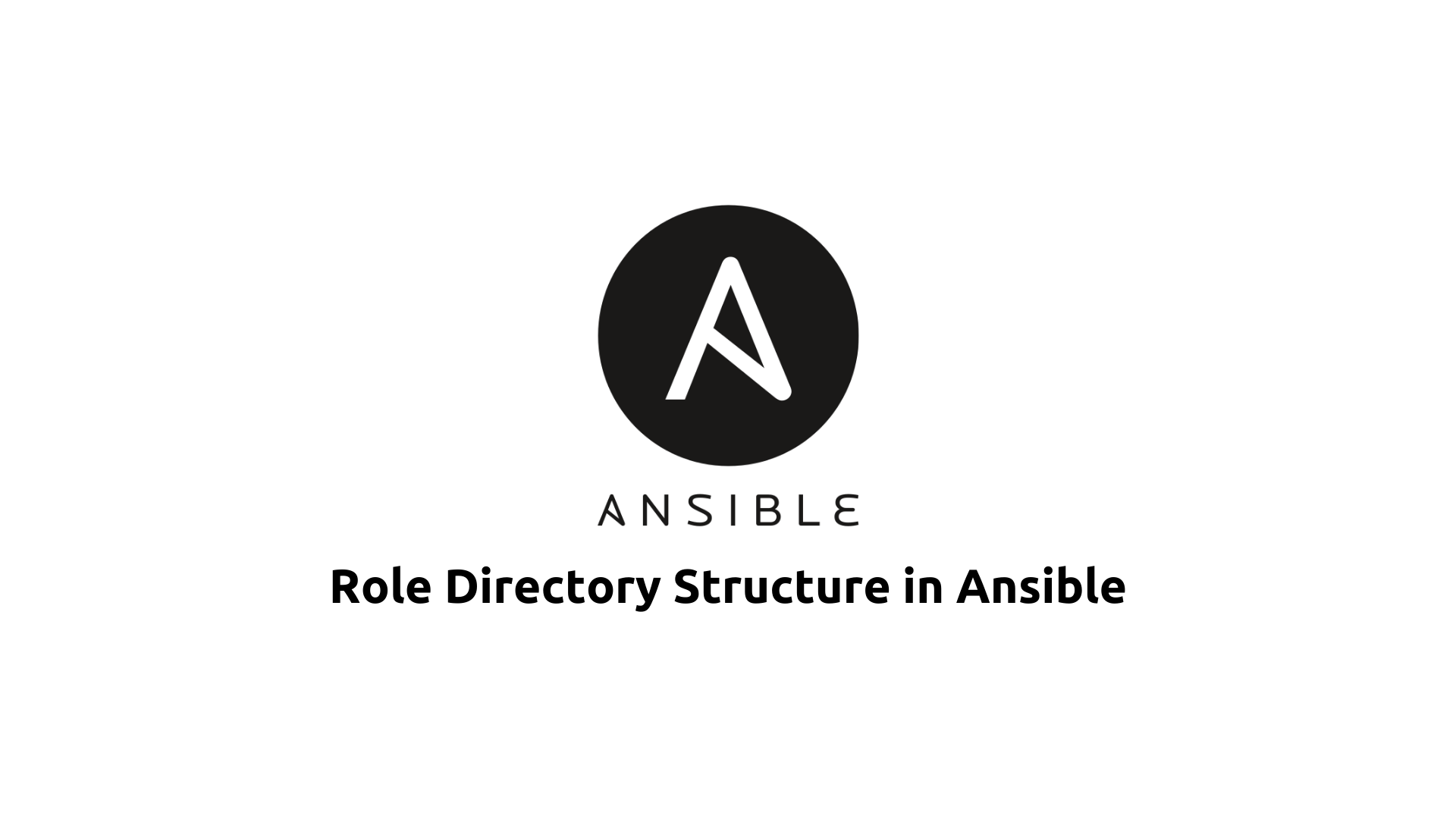Role Directory Structure in Ansible
 Saurabh Adhau
Saurabh Adhau
Introduction
The directory structure of an Ansible role is essential for organizing and structuring automation logic in a modular and reusable manner. Let's explore the role directory structure with examples to understand how it facilitates role management.
Role Directory Structure
The directory structure of a role typically consists of subdirectories for tasks, handlers, variables, defaults, files, templates, and meta-information.
Example: Let's examine the directory structure of the web_server role created in the previous article.
roles/
└── web_server/
├── tasks/
│ └── main.yml
├── handlers/
│ └── main.yml
├── vars/
│ └── main.yml
└── defaults/
└── main.yml
In this example:
The
tasks/directory contains YAML files defining tasks to be executed on managed nodes.The
handlers/directory contains YAML files defining handlers, which are tasks triggered by other tasks based on specific conditions.The
vars/directory contains YAML files defining variables specific to the role.The
defaults/directory contains YAML files defining default variables for the role.
Benefits of a Well-Defined Directory Structure
A well-defined directory structure promotes modularity, readability, and maintainability in Ansible roles.
Modularity: A structured layout organizes related files into self-contained units, promoting modularity and code reuse.
Readability: A clear and organized directory structure improves readability and makes it easier to navigate role files.
Maintainability: A well-defined layout facilitates role maintenance by providing a standardized structure for organizing files and directories.
Conclusion
The directory structure of an Ansible role is crucial for organizing and managing automation logic effectively. By following a structured approach to organizing tasks, handlers, variables, defaults, and other files within a role directory, users can improve consistency, readability, and maintainability across Ansible automation workflows.
Subscribe to my newsletter
Read articles from Saurabh Adhau directly inside your inbox. Subscribe to the newsletter, and don't miss out.
Written by

Saurabh Adhau
Saurabh Adhau
As a DevOps Engineer, I thrive in the cloud and command a vast arsenal of tools and technologies: ☁️ AWS and Azure Cloud: Where the sky is the limit, I ensure applications soar. 🔨 DevOps Toolbelt: Git, GitHub, GitLab – I master them all for smooth development workflows. 🧱 Infrastructure as Code: Terraform and Ansible sculpt infrastructure like a masterpiece. 🐳 Containerization: With Docker, I package applications for effortless deployment. 🚀 Orchestration: Kubernetes conducts my application symphonies. 🌐 Web Servers: Nginx and Apache, my trusted gatekeepers of the web.